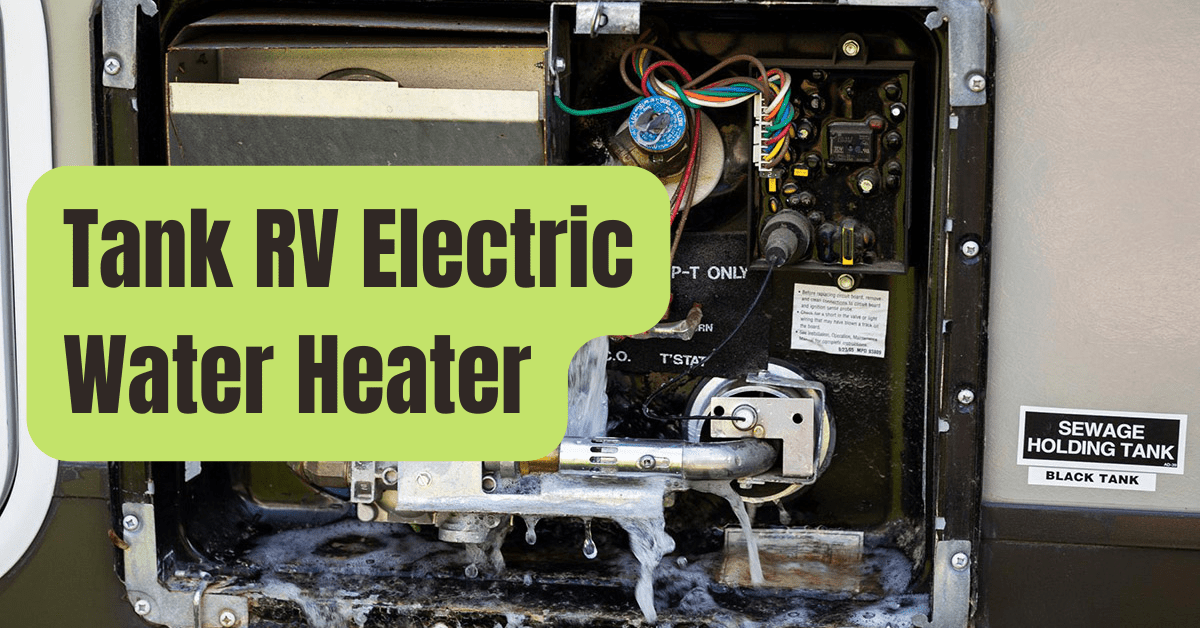You will learn how to use it, where it is, and how to maintain your RV water heater tank from us.
A recreational vehicle, or RV, is a wonderful thing to have! It enables you to go whenever and wherever you choose throughout the year.
Additionally, traveling and camping in an RV is a lot more pleasant than doing it in a tent.
Toilets and even showers are available in recreational RVs.
But here is where a lot of owners trip up.
How should the water heater in an RV be used properly?
We are here now to assist you if this is a problem for you as well.
You may learn more about the electric RV water heater, its operation, and maintenance from this page.
We’ll explain how to switch it on properly, how to maintain your water heater tank clean and in good operating order, and where to find it within your RV.
Your camping adventures will be even more comfortable and opulent than they were before thanks to the knowledge we’re going to provide you today!
How Do You Turn On The Electric Hot Water Heater In Your RV?
Camping while traveling in a mobile van is undoubtedly a wonderful experience!
You can take a hot shower anytime you want, make meals on a stove, and sleep in a comfortable bed whenever you want!
But when it comes to showering, this is precisely where many RV owners trip up.
People often complain that they can’t seem to figure out how to turn on their RV water heater or even where it is!
Speaking of which, the type of your RV water heater will determine how you turn it on.
A switch is included in quite a few electric versions, either on the appliance or in the same room.
They may even be found on the same control panel as all the other switches at times.
However, a dual switch option will probably be present beside the water heater itself if you have a combination water heater.
Such a switch will be plainly marked with the labels “gas” and “electric,” with a reset button sandwiched in between these two, so you can locate it with ease.
Please be aware, however, that this may not always be the case.
Depending on the model, each water heater has a different setup and has to be turned on.
You just utilize these switches in the same way as you would in a conventional home’s light switch.
The good news is that both the electric and gas switches may be turned on at once!
However, it’s possible that you won’t discover those switches, which would be unfortunate.
You will need to go outside to the water heater plate, remove it, and then manually turn on the switch in accordance with the instructions in your owner’s handbook if this is the situation and the switches are indeed missing.
Additionally, before manually turning on the switch, check sure the tank is full.
You run the danger of burning out all of your components if you don’t accomplish this before flipping on the switch!
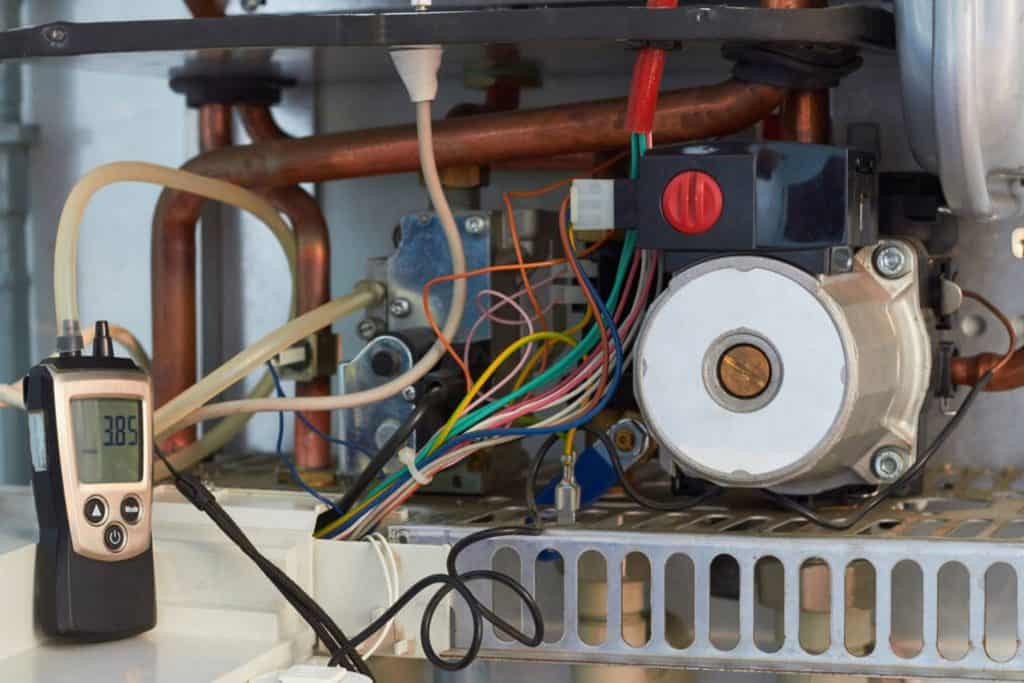
How Can I Find the Switch for My RV Hot Water Heater?
Naturally, with such an introduction, many of you would start to ask how to even find the RV water heater switch.
It could first look a little difficult, but if you give it a go, you’ll realize that everything is really rather simple and obvious.
So, finding the switch on your recreational vehicle usually depends on two factors.
Your RV’s kind of water heater and the location of the switch were determined by the manufacturer.
The majority of you currently believe what we know:
Simply ask my dealer! Folks, it may not even be helpful.
Why?
simply because you may not get an accurate response if you ask the dealer where the switch is!
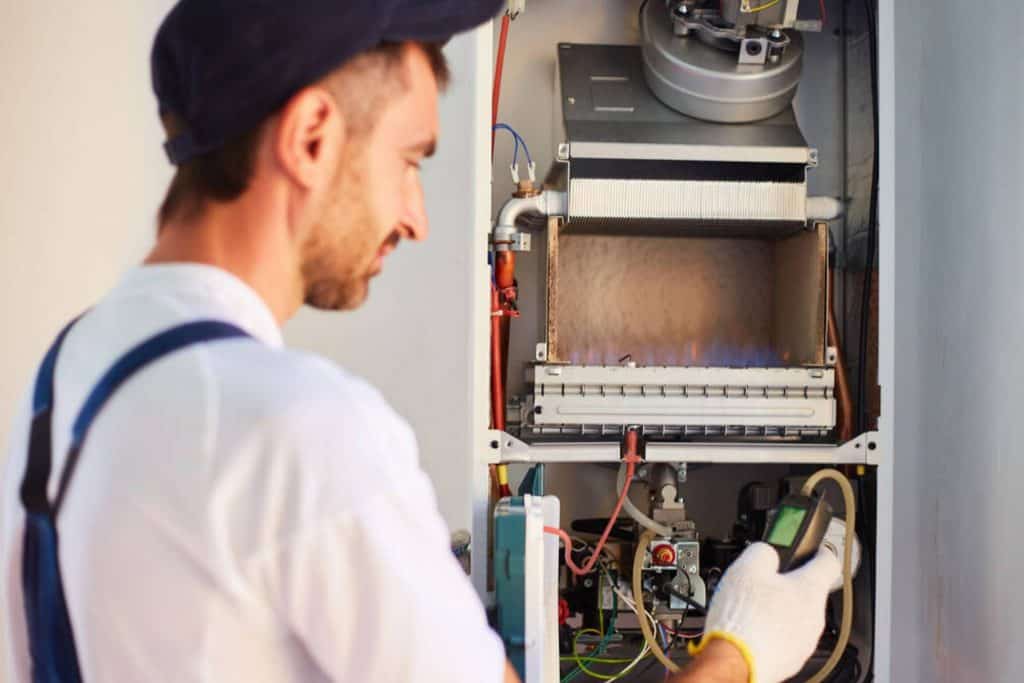
Unfortunately, not all dealers really have access to this crucial and essential information.
However, you may certainly test this alternative; after all, why not? Perhaps you’ll have the good fortune to be the one to correctly guess the solution.
Such a chance.
You will use a different plan of action if you are unable to locate an inside switch.
Either the black water heater panel or the water heater panel must be visited.
Look inside the plates by unscrewing them.
The switch in one type may be difficult to reach since it is hidden under a brass object (particularly if you have big hands or thick fingers!).
There may also be a propane switch next to it in certain RV models.
If the DSI light on that switch is on, your propane is not ignited, which prevents it from heating your water.
But both switches need to have distinct markings.
You can possibly be among the fortunate ones for whom the manufacturer of your RV exercised mercy by placing the heating switch inside the trailer.
The switch will be considerably easier to find in this situation and will undoubtedly be labelled properly so you won’t confuse it with anything else.
A further life tip is that the panel that houses the on and off controls must be labeled “water heater”
The location of your on and off switches might potentially be found on a general control board, however this is less likely.
To get your RV’s features working properly in this situation, you will need to relocate since they will be concealed amid all the other switches.
In any case, both switches need to be well indicated!
Turn On/Off Switch For RV Water Heater
This is a problem that RV owners often face.
Should you turn off or keep the switch on?
In actuality, it is up to you how you approach this situation; ultimately, it is your call.
In general, leaving the switch on while you are camping or even driving is neither harmful nor incorrect!
Since the switch is only activated when you connect to the campground power grid, you are really not consuming any energy while you are driving.
If your switch is powered by the inverter, you may want to do the reverse and keep it off.
When the heater is not in use, you should constantly keep in mind to flip the switch off!
You could question, “Why is that?” The inverter shouldn’t power the water heater switch since it puts out a lot of power that the switch is unable to manage.
As you may have guessed, turning the smartphone on its side might result in damage.
Given that the switch may accidentally be left on while the tank is empty, we advise you to take this detail carefully.
If the error is not caught in time, it might cause serious damage to the water heater since those components can grow rather hot.
The best course of action in this situation would probably be to just flip the switch off while you are driving and back on when you are camping.
You’ll be able to prevent mishaps that way.
Also, remember to turn the water heater off before putting your recreational vehicle away for the winter.
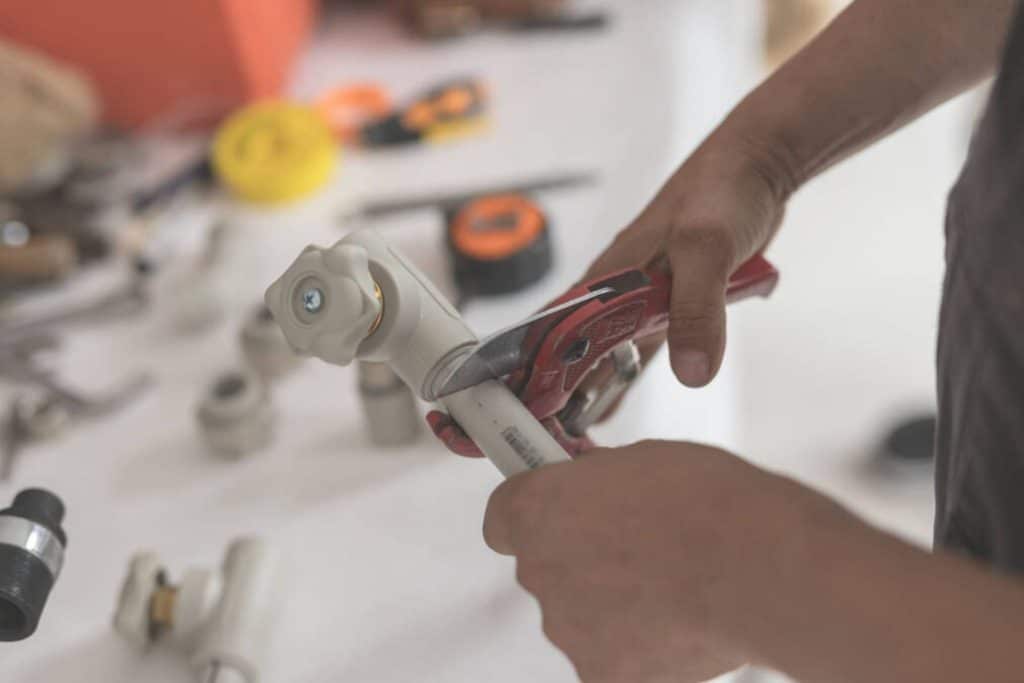
RV Propane Water Heater vs RV Electric Water Heater
You should be prepared for any of your recreational vehicle’s three distinct heater types while working with the water heater switch!
Yes, the following kinds of water heaters are often seen inside of RVs:
- Water heaters using propane
- Using electric heaters
- Integrated/integrated water heaters
An electrical water heater uses electricity to heat the water, as implied by their names.
For RV owners who already have power included in their camping fees and/or who want to save some gas, this sort of water heater works rather well.
There is one subtlety to this kind of water heater, however.
Unless you have an inverter, your electric-only water heater will not be able to function when you are boondocking.
Additionally, if you don’t know what you’re doing, it’s really simple to ruin and harm an electric water heater by burning the heating element!
For those of you who like dry camping and want to save power, propane RV water heaters are the greatest choice, as opposed to electric water heaters.
As you may have guessed based on the name, this sort of equipment uses propane to heat water.
However, other individuals are less at ease with it since utilizing propane necessitates working with gas, which is a combustible substance.
But in any case, you shouldn’t worry about anything as long as the heater is operated correctly and you take good care of your propane pipes.
Here is a combo heater at last! By the way, this form of heater is often referred to as perfect.
Depending on the situation, you may use either an electric heating element or a propane heating element with this kind of RV hot water heater.
If, for example, you need to heat the water more rapidly than normal, you may also use propane and electricity together.
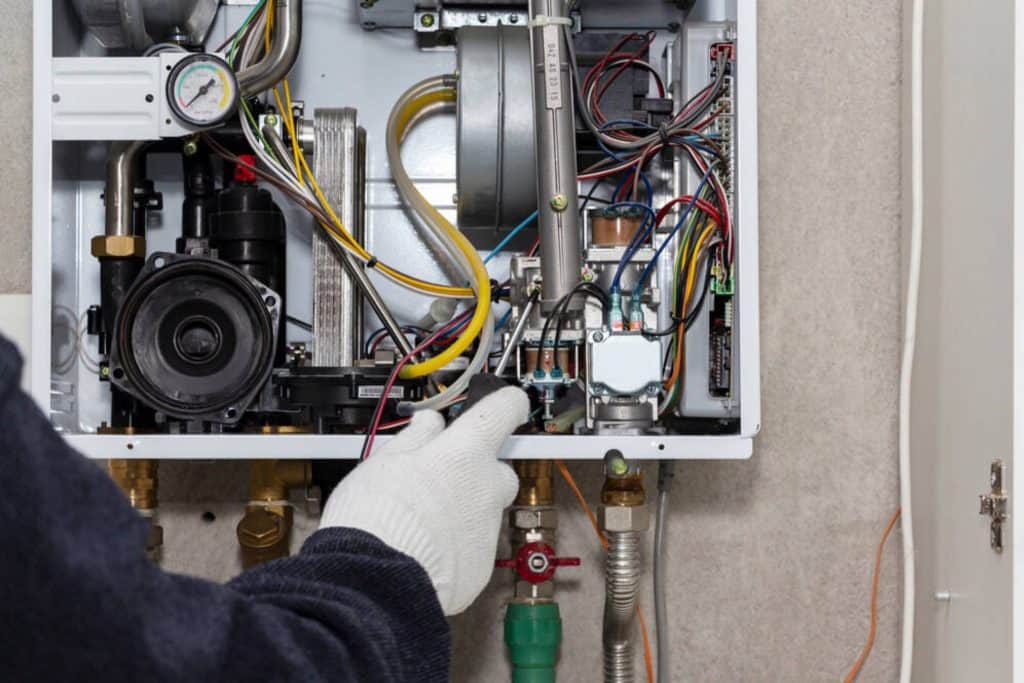
How Should a Conventional RV Water Heater Be Used?
Finally, here is how to turn on and operate your RV water heater.
Some recreational vehicle owners inquire about how to turn on the heating, therefore we have prepared a brief explanation for you.
You must first double check to make sure your hot water tank is filled with water.
Start by confirming that any bypass valves that may stop the water flow to your tank are open rather than closed in order to do this.
Your fresh water tank will need to be filled after that.
You have the option of connecting your RV to a city water connection.
Open a hot tap and let the water flow for a few seconds once it is finished.
By doing this, you will ensure that there is water in your tank to heat it and prevent burning it in the process.
After finishing the preceding procedures, you should turn on the water heater.
As we just indicated, you are welcome to choose to utilize both propane and electricity simultaneously if your heater has both alternatives.
You’ll be able to spend less time warming the water.
But even with both heat sources switched on, it will still take at least twenty minutes for the hot water tank to fill up.
Additionally, you have the choice of either leaving your water heater on or turning it off in between usage.
Your choice.
However, it’s crucial to remember that if you leave a propane heater on, your fuel tank will rapidly run out of gasoline.
In addition, keeping an electric heater on increases the chance that an element would fire should your tank unexpectedly run out of fuel.

How Should You Maintain Your RV’s Hot Water Tank?
Your RV water heater tank can last longer if you take good care of it.
Naturally, after you learn how to use it correctly, you may want to make sure that the water heater tank in your recreational vehicle is being cared for appropriately.
An RV water heater should generally have maintenance performed every six to twelve months.
In case any problems do arise, it is typically enough to keep a watch on the tank and be able to see them.
Fortunately, this can be accomplished rather easily!
Start by shutting off the heater to take care of your RV’s water heater tank.
After that, let enough time for the water within to cool.
Continue with removing the drain stopper or the anode rod after you are certain that it is already cool.
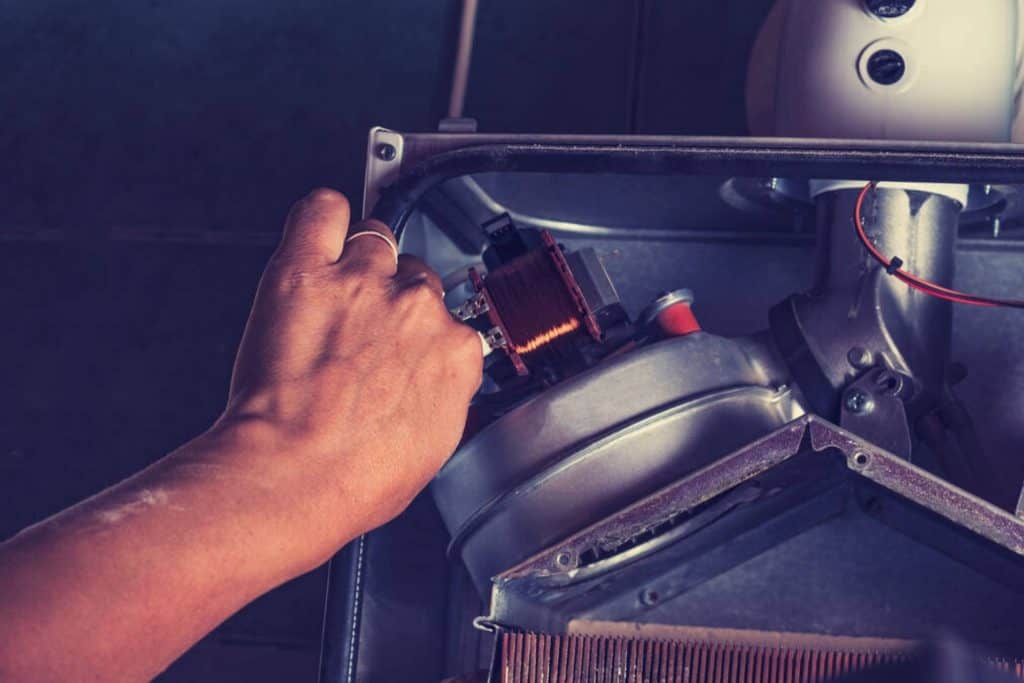
After doing this, let the tank to fully empty.
Additionally, if there is any silt or debris, it will be able to drain away.
You may take advantage of the opportunity to change the anode rod if your tank has one instead of just a plain plastic plug while you are emptying.
You can avoid your tank filling up with buildup by doing this.
Another action should be taken to maintain the health of your water heater tank.
Before it becomes extremely cold outside, you should winterize your trailer every year.
Your tank will be protected against fractures that develop as a result of the frozen water within it if you winterize it properly and on time.
You now know how to operate your RV water heater, how to care for it, and even what kinds of heaters are available in contemporary recreational trailers.
With that in mind, you shouldn’t have any problems or difficulties in the future while using the heater’s switches.
FAQs
What companies produce the most RV water heaters?
Atwood and Suburban are the two leading producers of RV water heaters.
Why may an RV water heater malfunction?
It can be soiled, outdated, or damaged.

